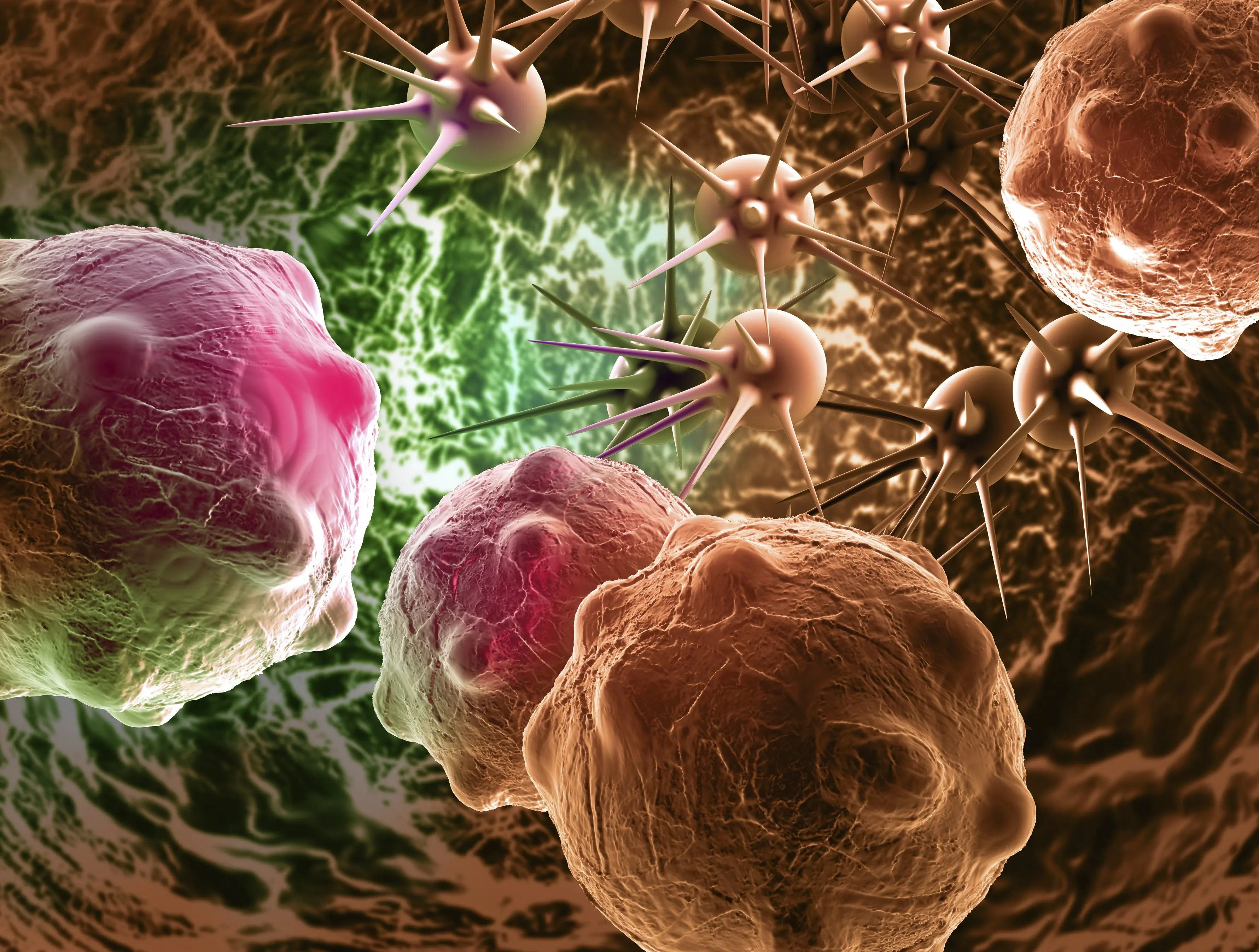
Japan on the Verge of a Game-Changing Medical Revolution: Universal Artificial Blood
Blood is the lifeline of every hospital. Whether it's during surgeries, trauma care, or treatment for chronic conditions like anemia or cancer, donated blood is indispensable. Yet the world faces ongoing challenges with supply shortages, blood type compatibility issues, and a shockingly short shelf life for stored donations. These limitations have often resulted in preventable deaths and immense strain on healthcare systems.
Now, thanks to researchers at Nara Medical University, led by Professor Hiromi Sakai, and supported by Professor Teruyuki Komatsu at Chuo University, the future of transfusion medicine might soon undergo a revolutionary shift.
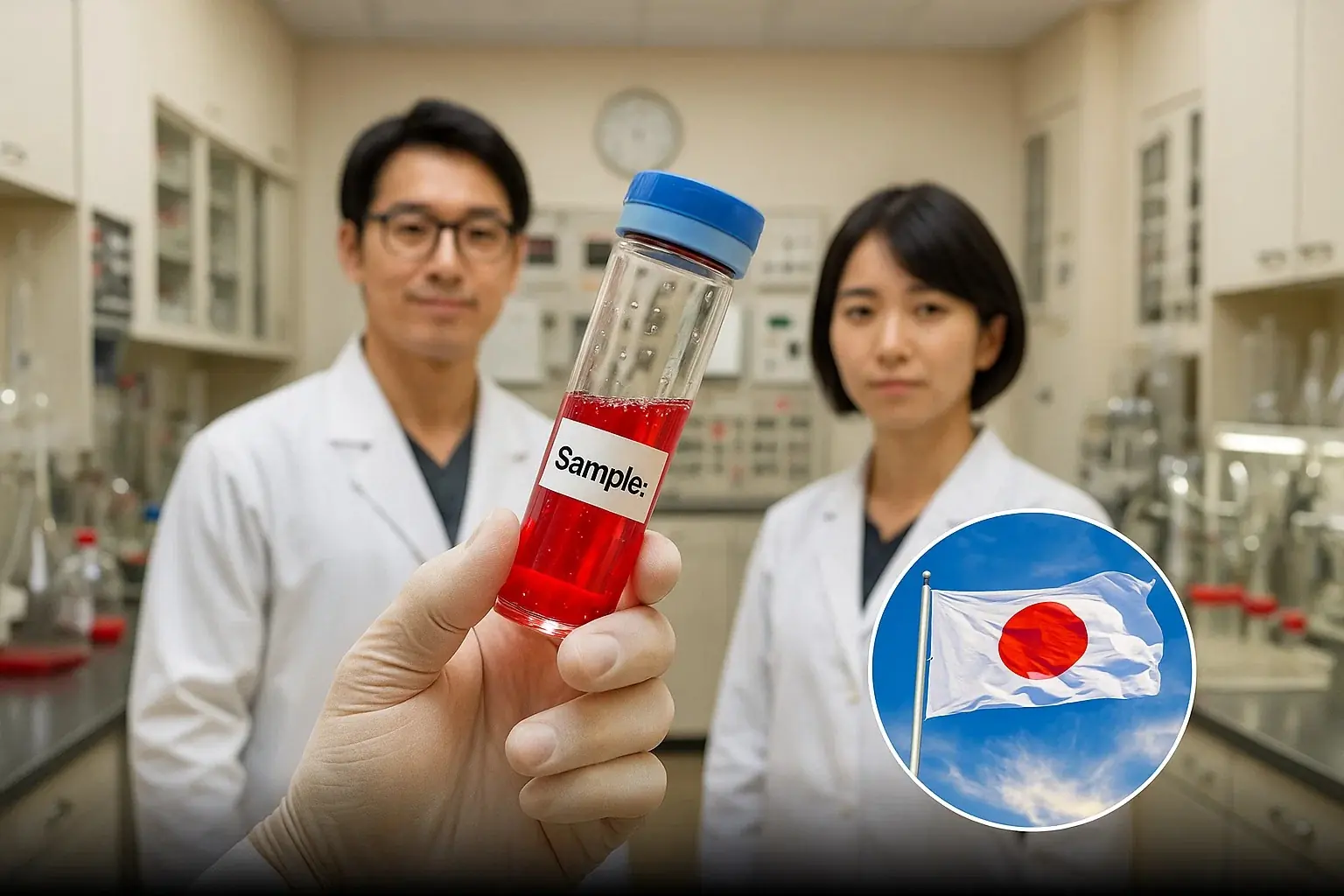
A Crisis in the Making: Blood Donations Can’t Keep Up
Before diving into the technology, it's crucial to understand why artificial blood has long been a "holy grail" of medicine.
Modern healthcare is heavily dependent on donated blood. But blood is not universal. The ABO and Rh systems mean that there are eight different blood types, and not all are compatible with each other. In emergencies, when seconds count, finding the right type can be a matter of life or death.
Moreover, donated blood has a shelf life of about 21 to 35 days, depending on storage methods. Blood that isn’t used in time must be discarded - even though millions go without needed transfusions.
Compounding the issue is the decline in blood donations worldwide, particularly in aging populations where fewer young donors are available. Natural disasters, pandemics, and conflicts further interrupt donation systems.
All of these problems have been pointing toward a need for something better. And now, that "something" might finally be here.
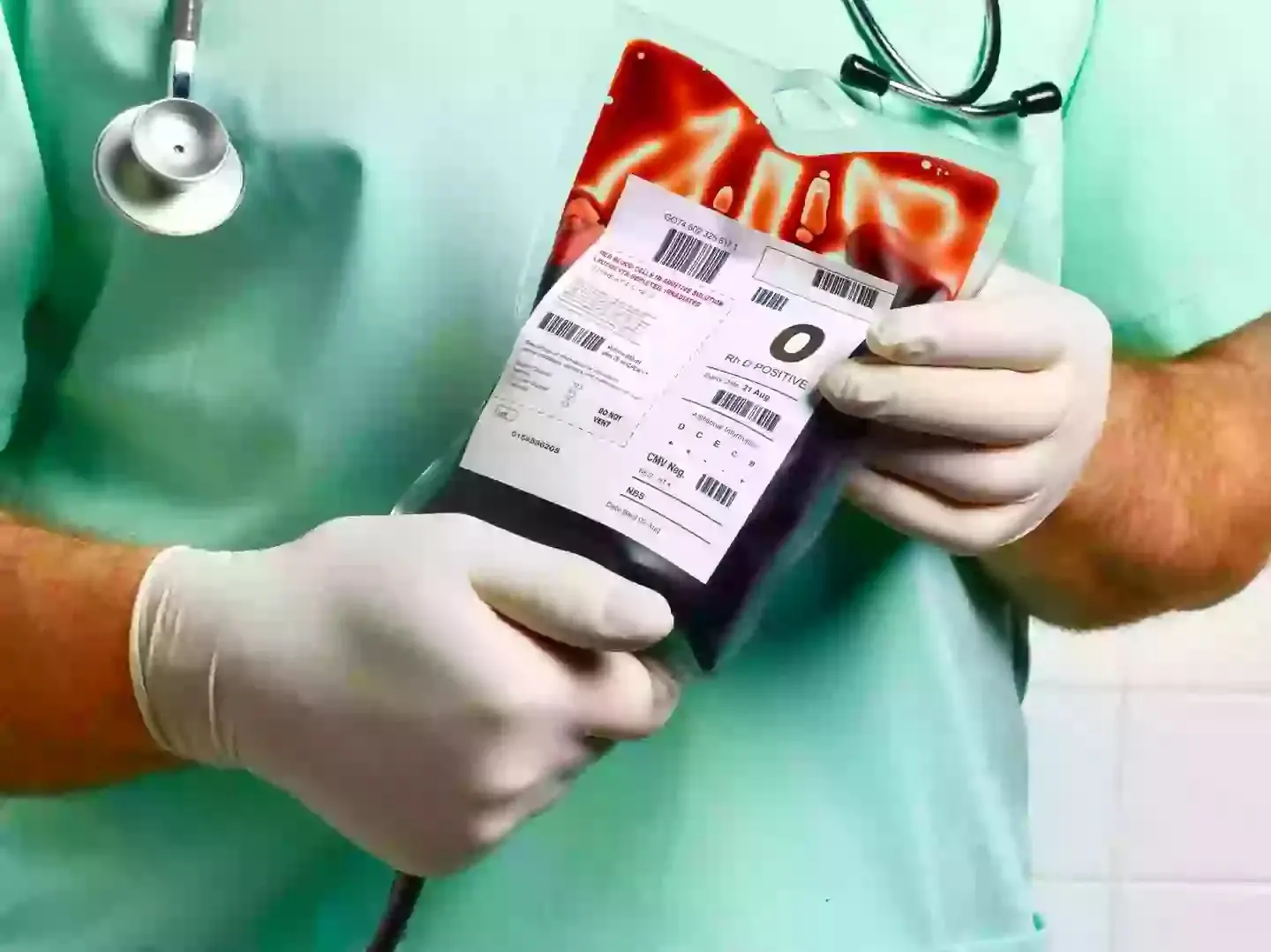
The Japanese Solution: Hemoglobin-Based Artificial Blood
Researchers at Nara Medical University have created a synthetic blood product that doesn’t rely on blood type compatibility and lasts up to two years in storage. The project centers around extracting hemoglobin - the protein in red blood cells responsible for transporting oxygen - and encasing it in a protective nanoshell.
"By encapsulating hemoglobin from expired donated blood in a virus-impermeable membrane, we have created an artificial blood substitute that is safe, shelf-stable, and usable by anyone regardless of blood type," said Professor Sakai.
This technique transforms expired, discarded blood into a virus-free, universal blood substitute. Not only does this provide a sustainable method of recycling wasted donations, but it also ensures that critical medical procedures are no longer delayed due to shortages or mismatched blood types.
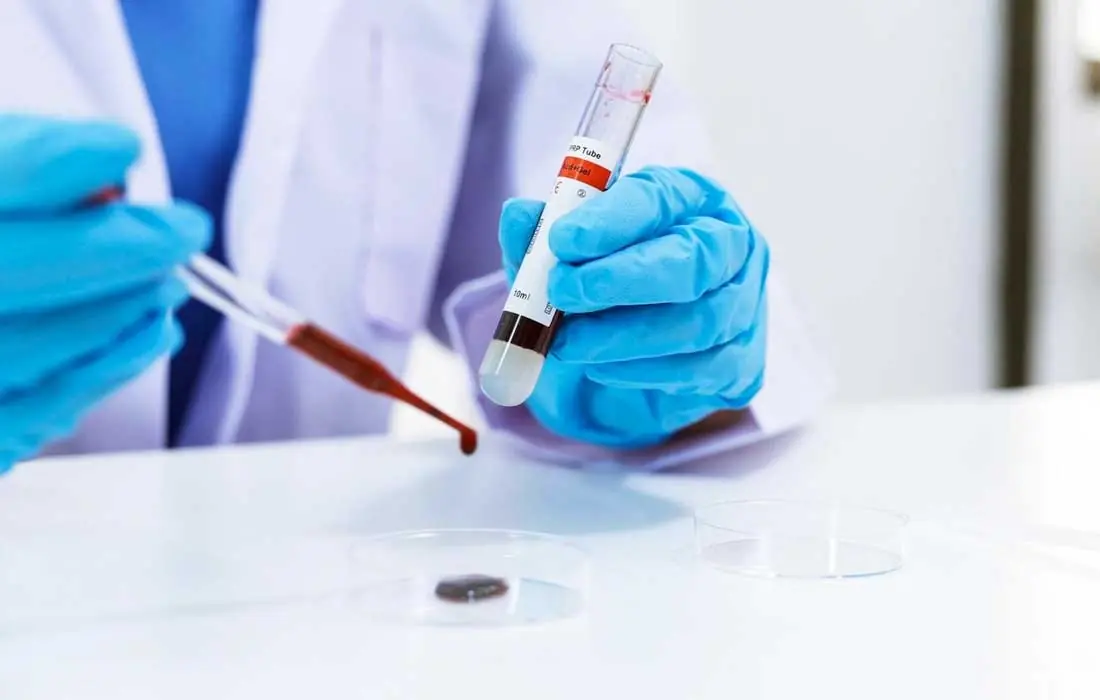
A Collaboration of Pioneers: Chuo University’s Role
Professor Teruyuki Komatsu, a bioinorganic chemist at Chuo University, has contributed to this effort with his own development of artificial oxygen carriers, which can perform functions similar to real blood. His approach involves encasing hemoglobin in albumin, a major plasma protein, to stabilize it during oxygen transport and prevent immune rejection.
These innovations have shown particular promise in stabilizing blood pressure during hemorrhagic shock, such as what occurs in major trauma, stroke, or internal bleeding.
“Artificial blood not only addresses donor shortages, but it offers new ways to intervene during strokes, heart attacks, and severe hemorrhages,” explained Professor Komatsu.

A Blood Substitute Unlike Any Other
This isn’t the first time researchers have attempted to develop artificial blood. However, previous attempts faced challenges such as toxicity, immune rejection, poor oxygen-carrying capacity, and limited shelf stability.
What sets this Japanese discovery apart is its:
- Universality – No need to match blood types (ABO or Rh factor).
- Longevity – A two-year shelf life compared to the typical 30 days for donated blood.
- Sterility – It is free from pathogens, viruses, and contaminants.
- Recyclability – It uses expired donor blood, turning medical waste into a life-saving resource.
- Safety – Early studies show no major adverse reactions in human volunteers so far.
Perhaps the most surprising feature is its color: the artificial blood is purple, a stark contrast to the bright red of oxygen-rich natural blood. The reason lies in how oxygen binds to the hemoglobin during encapsulation, affecting its light absorption properties.
“We may be heading toward a future where bleeding purple is a sign of medical innovation - not alarm,” joked one researcher at a clinical trial site.
The Road to Approval: Human Trials Underway
At the moment, clinical trials are being conducted in Japan, with volunteers receiving doses ranging from 100 to 400 milliliters to assess safety, efficacy, and bio-compatibility.
These trials are crucial. While lab and animal studies have shown immense promise, the human body is notoriously complex, and unforeseen interactions can only be understood through rigorous testing.
If the trials are successful - and early results are promising - Japan could begin using the artificial blood domestically by 2030.
“If it proves safe and effective, this will save countless lives,” wrote one commenter on Reddit, where news of the discovery quickly went viral. Another user added, “If true, and not inordinately expensive, this is going to be completely transformational.”
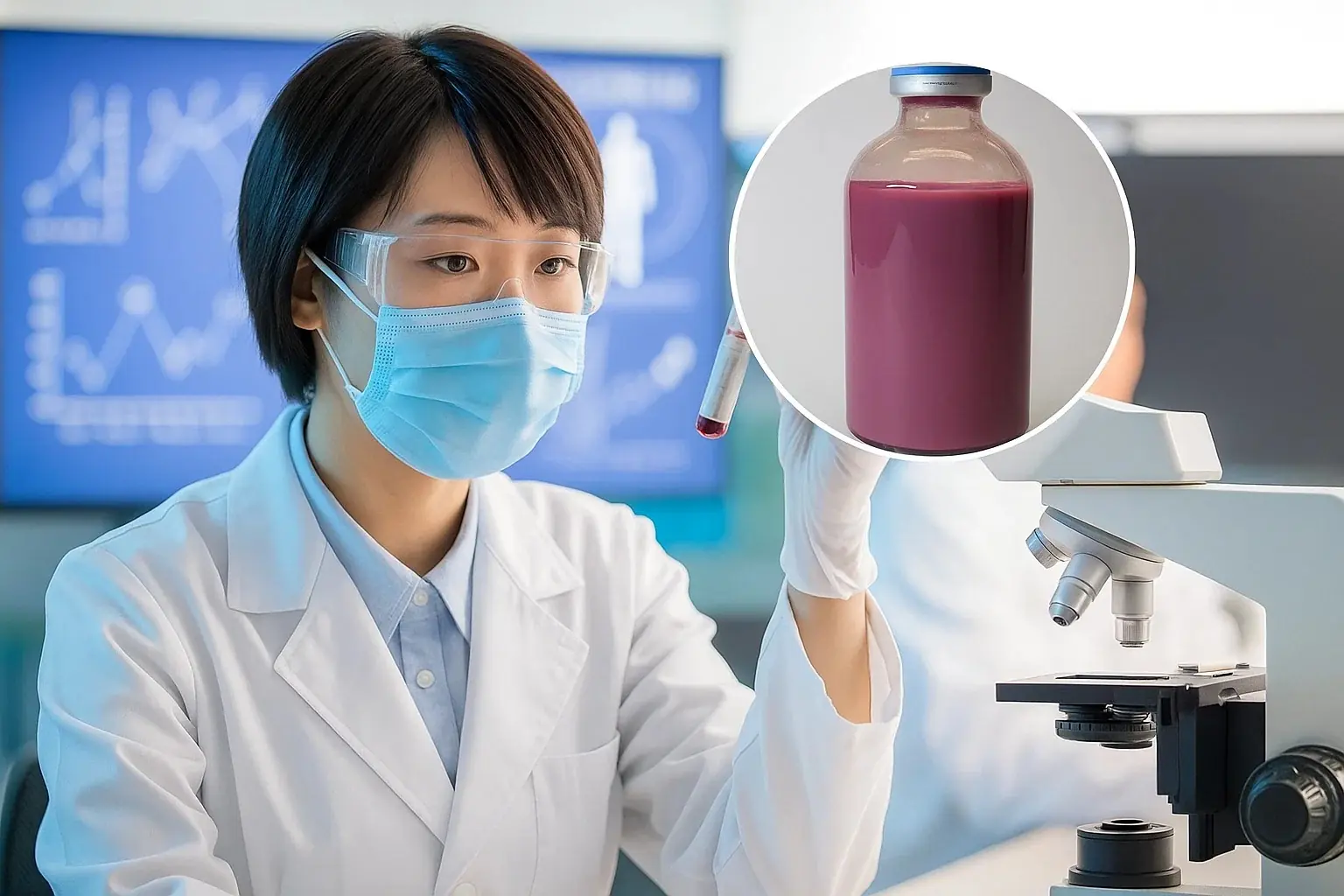
Global Implications: A Revolution Beyond Borders
The implications of this technology extend far beyond Japan.
Imagine a world where ambulances, military field hospitals, and rural clinics are stocked with universal blood substitutes. No more frantically searching for compatible donors. No more lives lost in transit due to supply shortages.
In regions suffering from chronic blood donation gaps - such as Sub-Saharan Africa, parts of South Asia, and remote island nations - this breakthrough could change everything. The World Health Organization estimates that 118.5 million blood donations are collected globally each year, but that number falls drastically short of demand in many countries.
Universal artificial blood would be a global equalizer - a tool that could save millions in places where safe, matched blood is currently a luxury.
Ethical and Economic Considerations
Of course, even revolutionary technology comes with caveats.
- Cost: Will artificial blood be affordable? Current production methods are still expensive, and widespread implementation could depend on economies of scale.
- Regulation: Medical authorities like Japan’s PMDA, the U.S. FDA, and the European Medicines Agency will require extensive data to approve widespread use.
- Trust: Public acceptance may take time. The concept of purple, lab-made blood might initially seem unsettling to some.
“Introducing artificial blood is not just a scientific challenge - it’s also a cultural one,” notes Dr. Emily Tran, a medical ethicist at Johns Hopkins University.
Still, most experts agree that the benefits outweigh the risks, especially in life-threatening situations where traditional transfusion options are unavailable or delayed.
The Future of Blood: More Than Just Transfusions
Looking forward, this discovery could pave the way for even more advanced biotech innovations.
- Blood for astronauts – Long-duration space travel could become safer with shelf-stable artificial blood onboard.
- Blood on the battlefield – Portable units could save soldiers in remote combat zones without needing donor matching.
- Customized blood therapies – Advanced versions may carry medication or genetic treatments directly to organs or tissues.
The era of "one-size-fits-all" blood might just be around the corner - and it’s starting in Japan.
A New Lifeline for Humanity
What Japan is doing right now may not make headlines every day, but make no mistake: this is one of the most important medical advancements of the decade.
From car accidents to cancer treatments, from childbirth complications to battlefield injuries - millions of lives could be saved by an innovation that’s colorfully unconventional, yet scientifically sound.
“This is no longer science fiction. This is science fact in the making,” said Professor Sakai in a recent press statement.
As clinical trials continue and the world watches closely, we may soon enter a new age in medicine - where saving lives is no longer limited by blood type, geography, or time.
News in the same category


Brain Teaser: Can you identify the error in this family’s dining room photo in under 15 seconds?

Authorities Discover 1,600‑Foot Drug Tunnel Under Us–Mexico Border With Lighting And Rail System
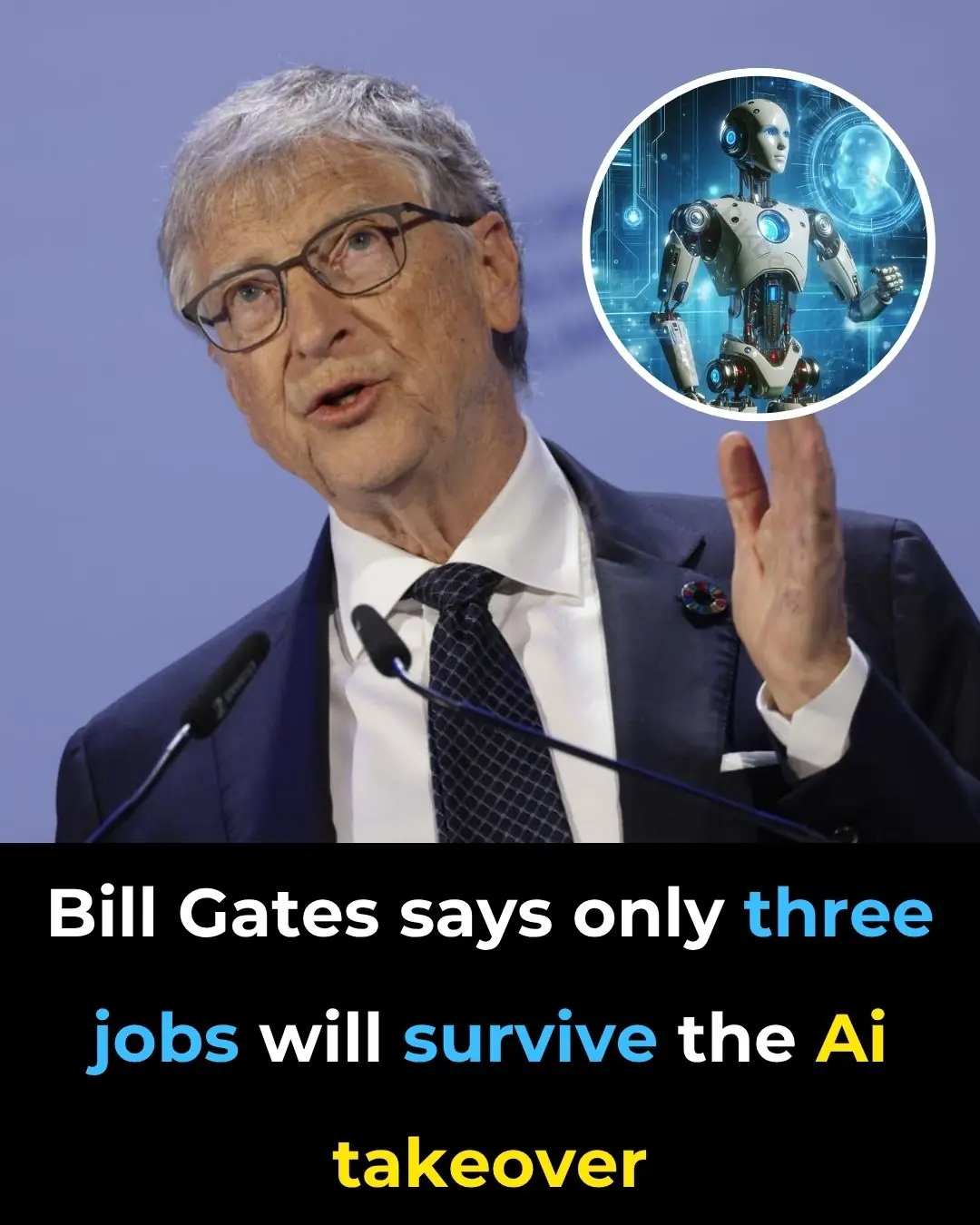
Bill Gates Says Only 3 Jobs Are Safe From AI — Are You In One Of Them?

Here’s What It Really Means When A Man Turns His Back In Bed
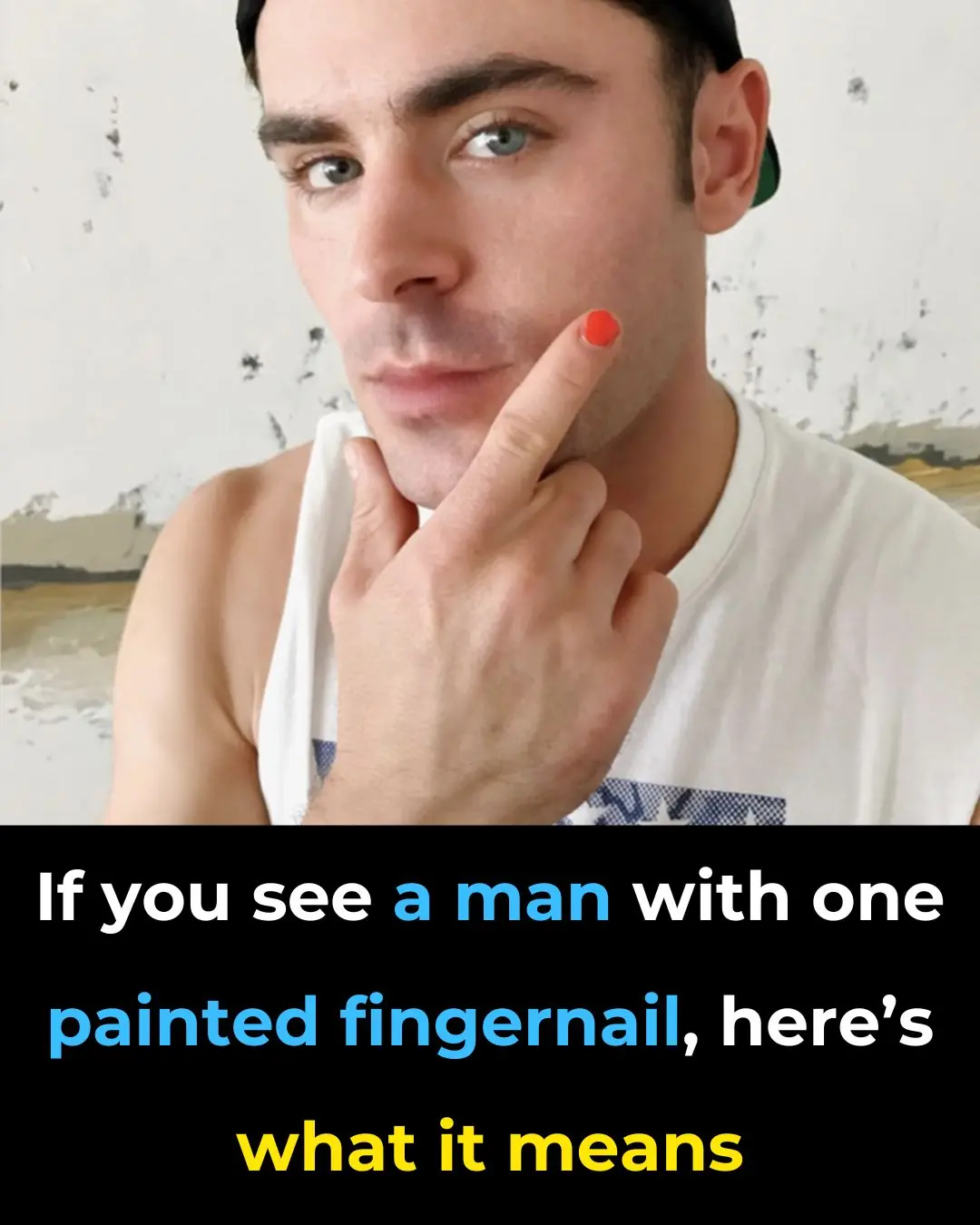
If You See A Man With One Painted Fingernail, Here’s What It Means
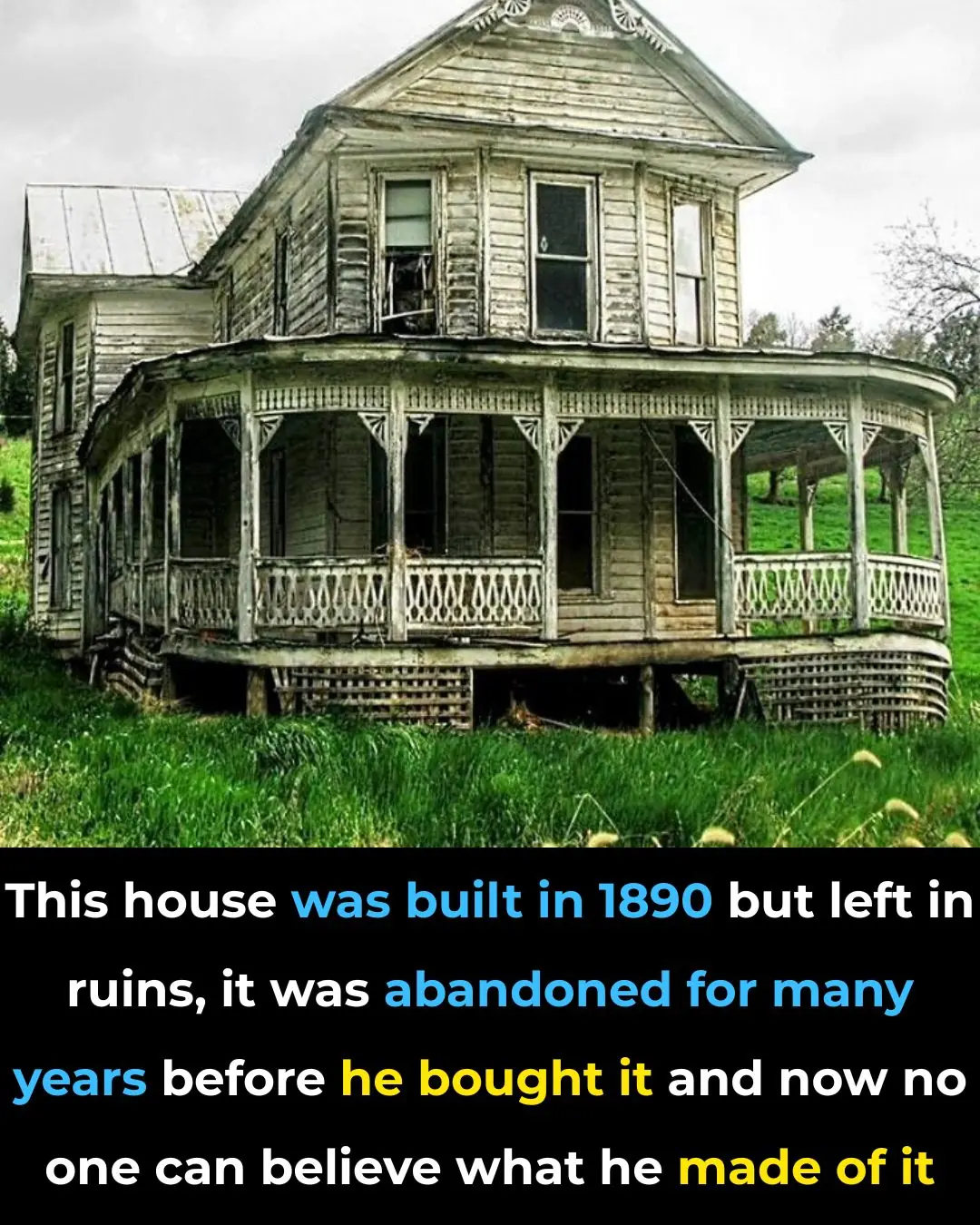
This house looked like it was about to fall into itself until one family stepped in

Bill Gates reveals profession which will remain '100% human' even after AI replaces most jobs
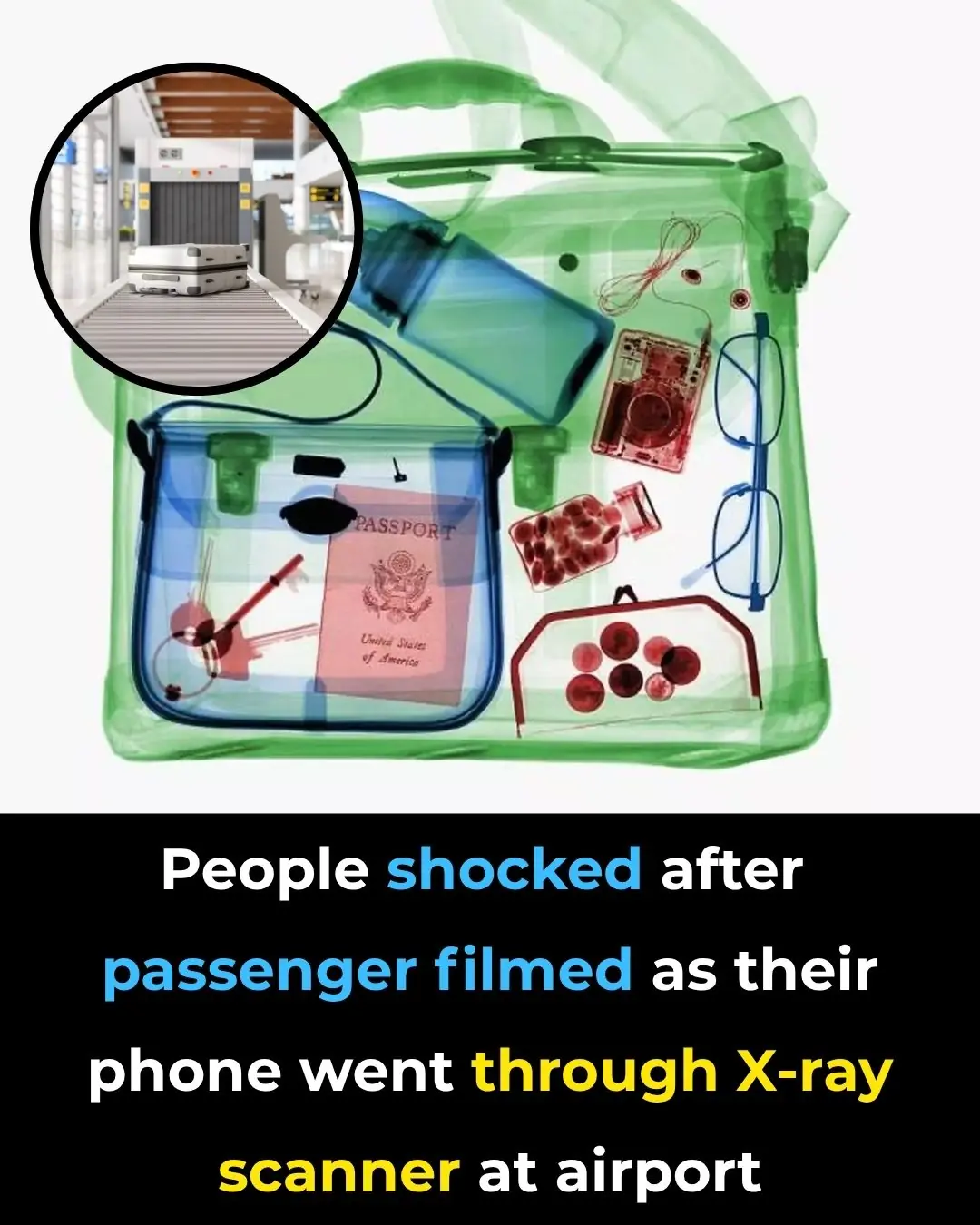
People shocked after passenger filmed as their phone went through X-ray scanner at airport
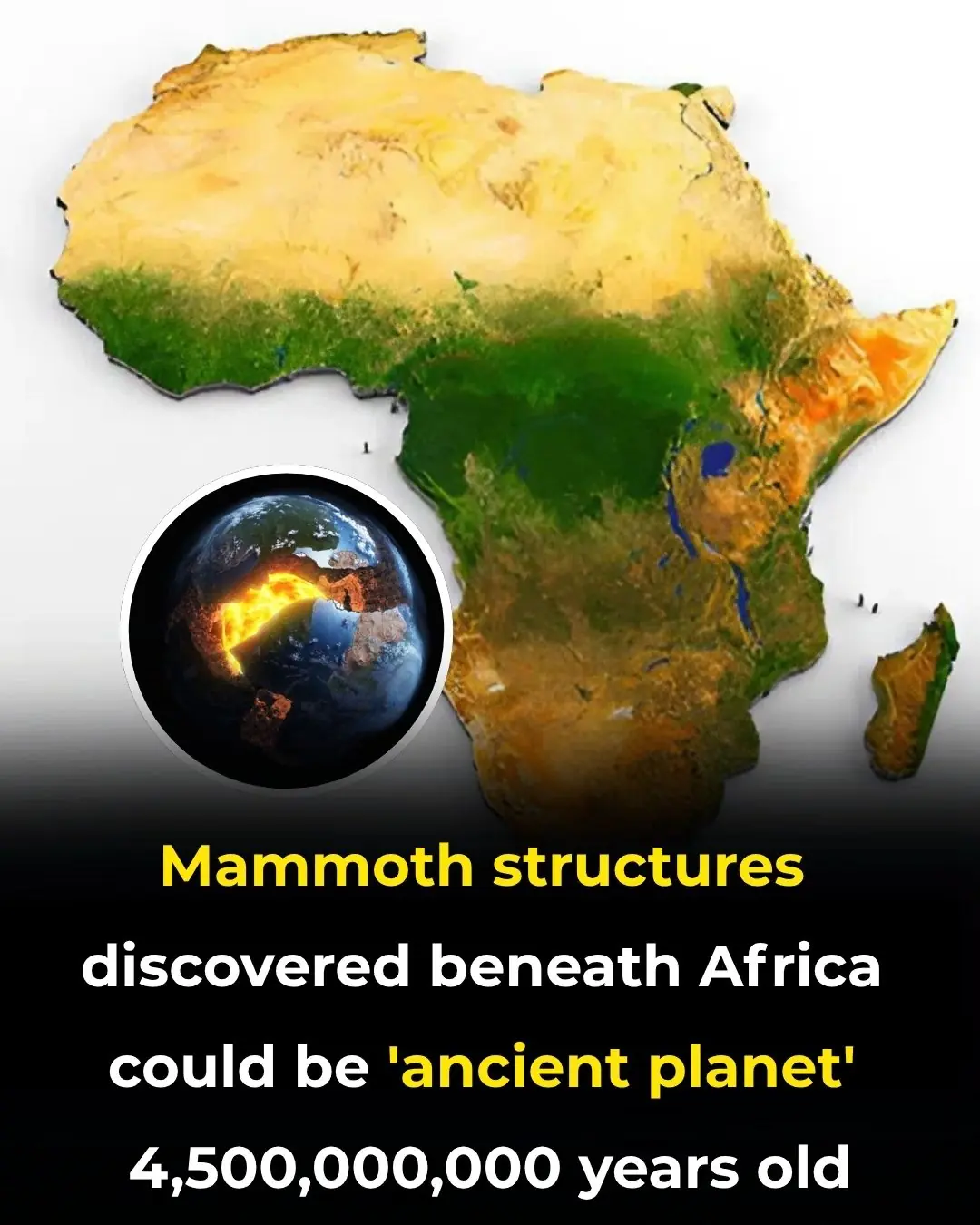
Mammoth structures discovered beneath Africa could be 'ancient planet' 4,500,000,000 years old
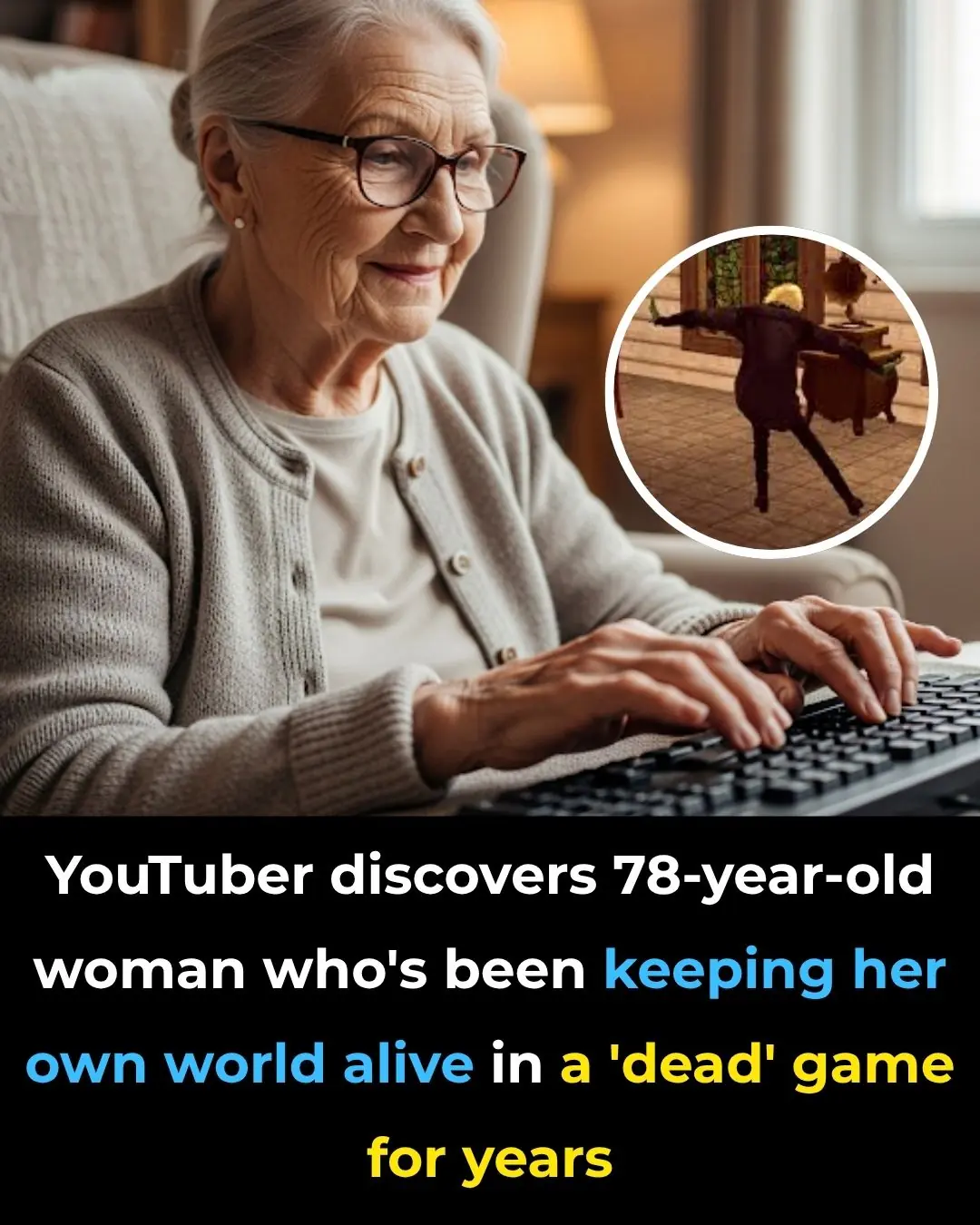
YouTuber discovers 78-year-old woman who's been keeping her own world alive in a 'dead' game for years

If You See A Man With One Painted Fingernail, Here’s What It Means

Six Minutes Beyond Life: What I Saw After Dying And Coming Back

Hotel Warning: 3 Disturbing Signs You Should Never Ignore

Air India Crash Passenger Shared Eerie Clip Showing Total Power Failure Hours Before Tragedy

Could Psilocybin Be The Key To A Longer Life? Researchers Are Shocked
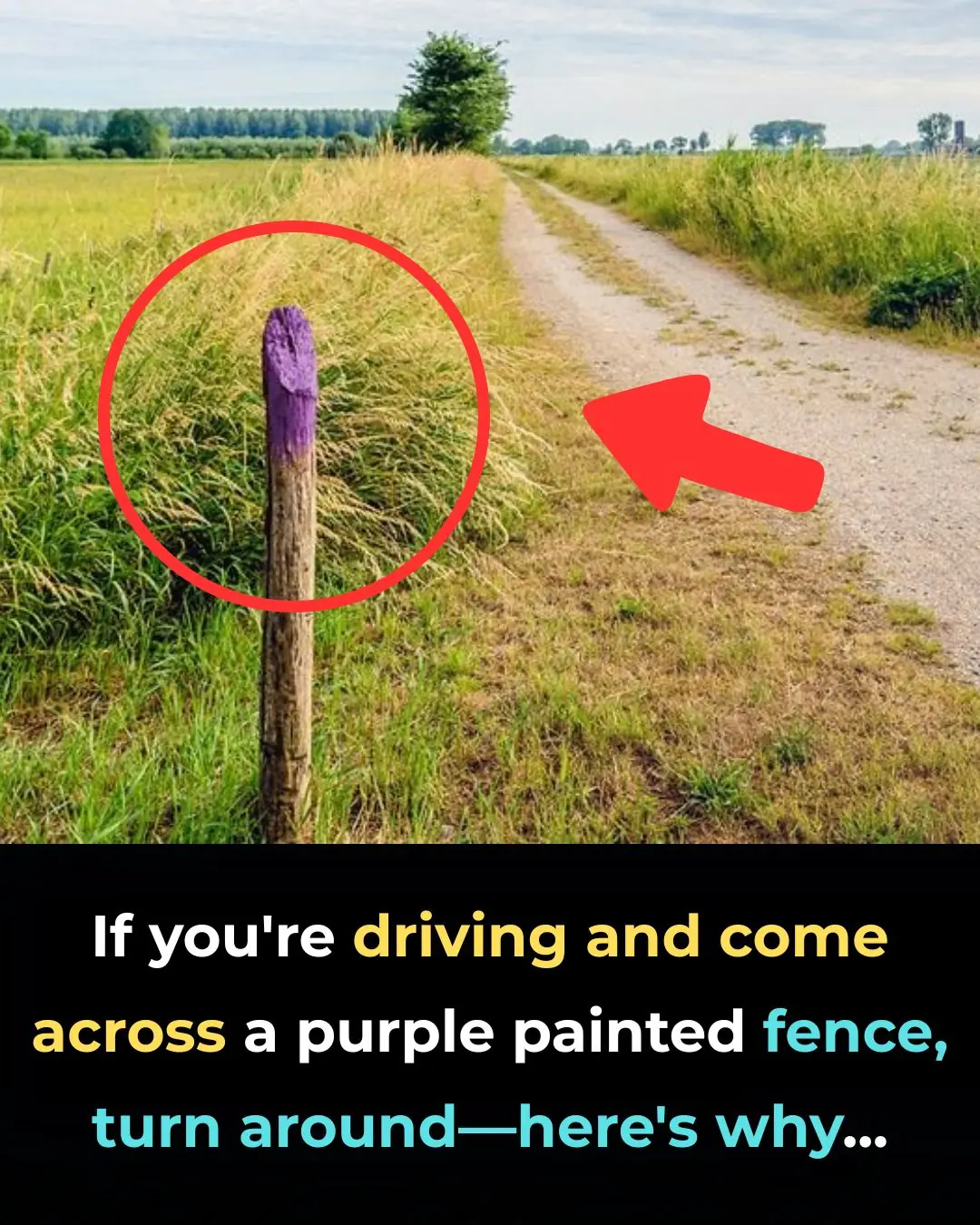
If You See A Fence Painted Purple, You Better Know What It Means – Knowing This Can Save Your Life
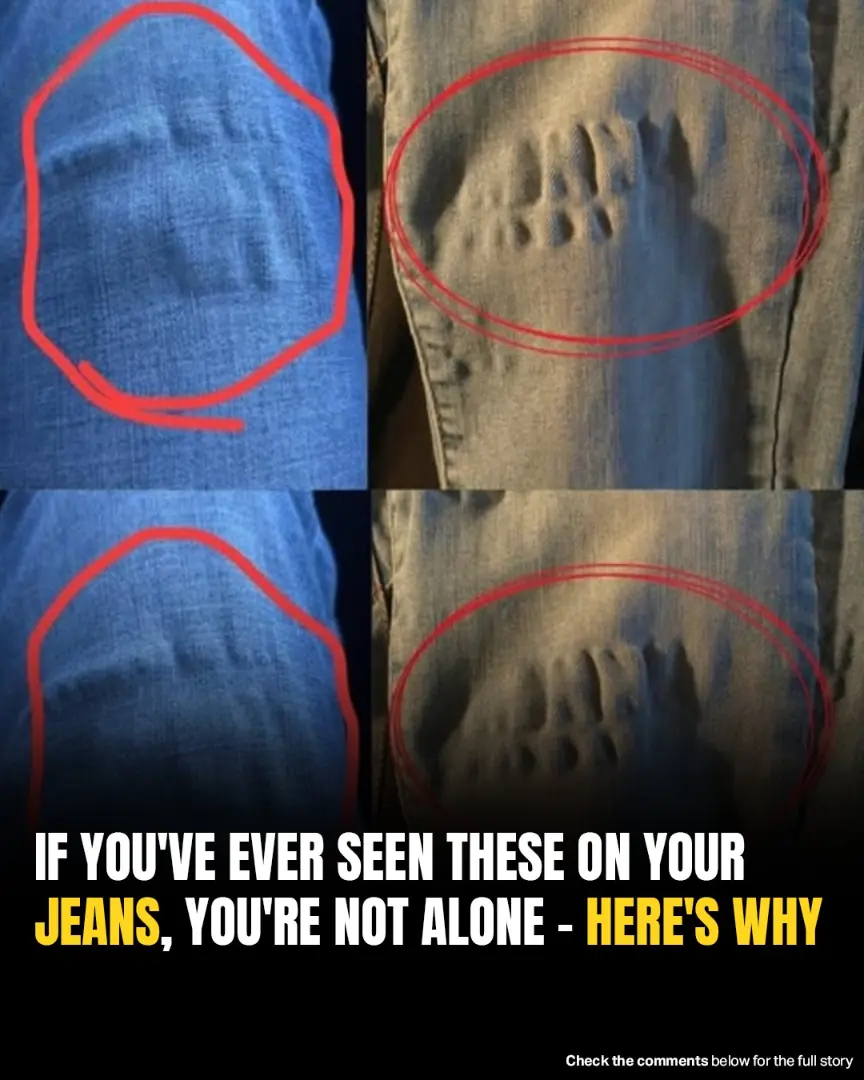
What Causes Those Strange Ripples In Your Jeans After Washing?

Expert reveals horrifying reality of what would happen if Earth's rotation continues to speed up
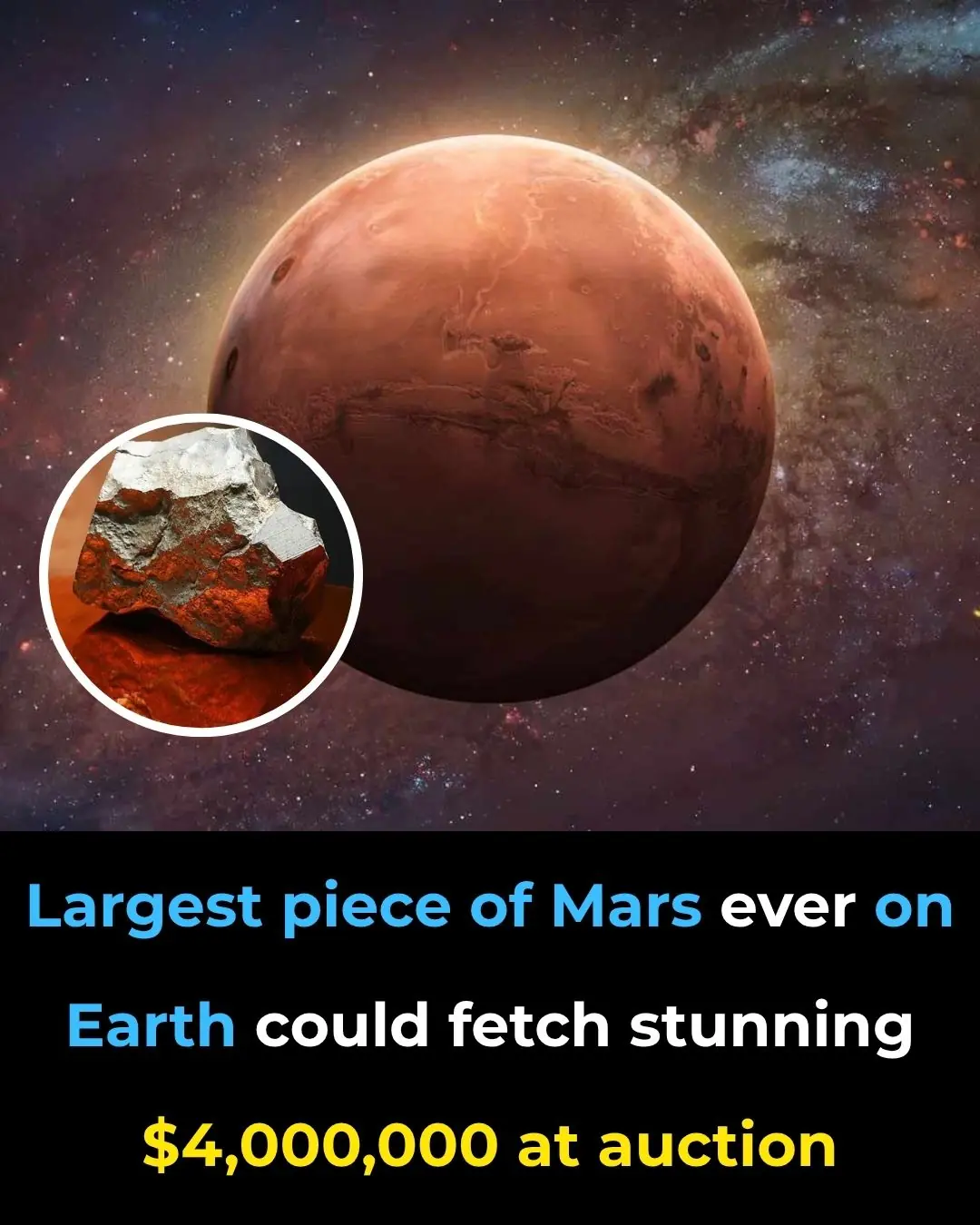
Largest piece of Mars ever on Earth could fetch stunning $4,000,000 at auction
News Post
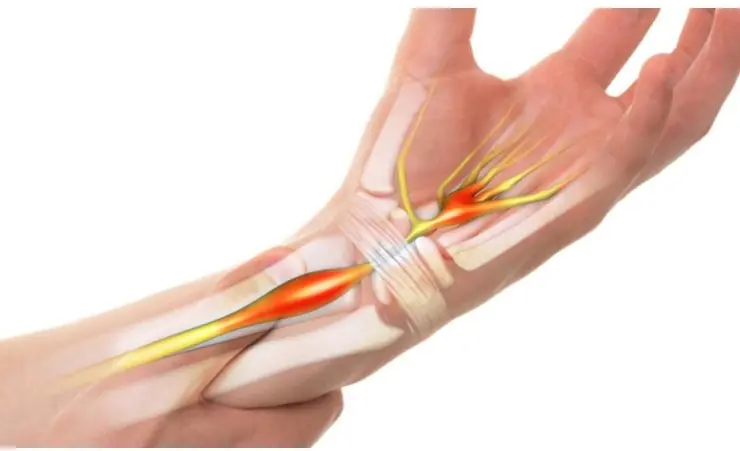
Waking Up with Numb or Tingling Hands: What It Really Means (Science-Based)
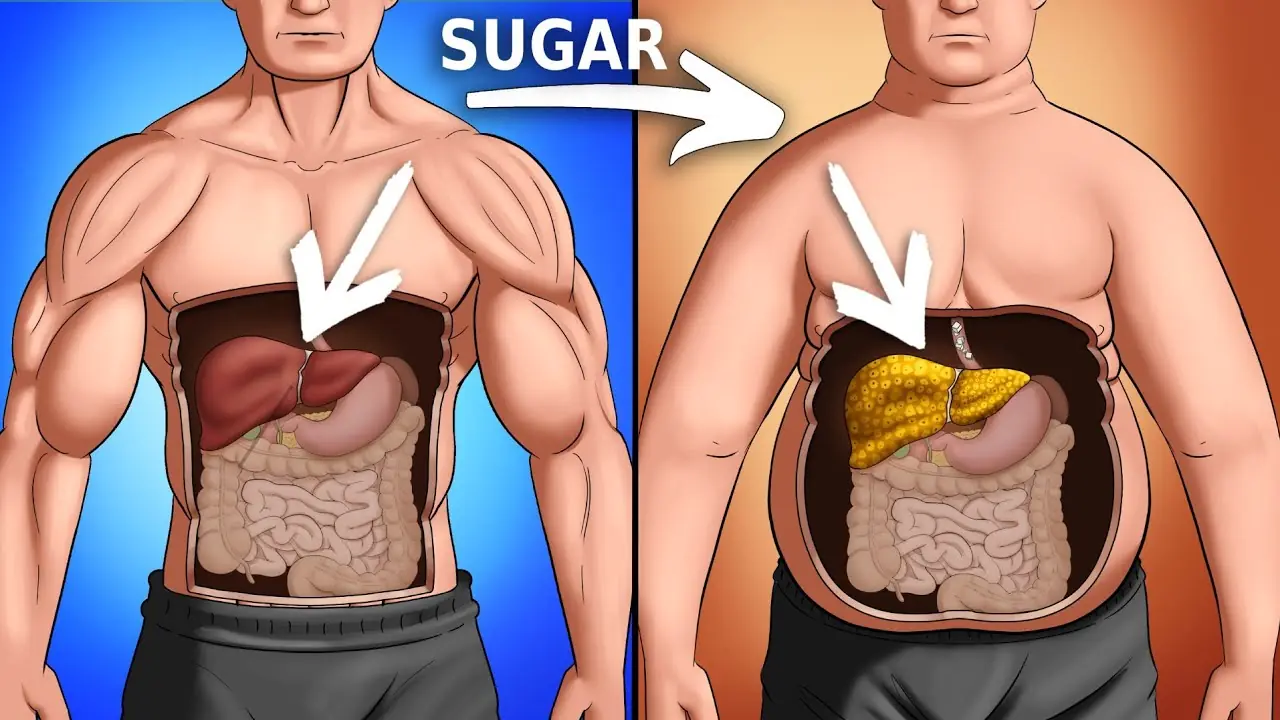
Scientists Explain The Effects of Eating Too Much Sugar

Urgent Warning: U.S. Salmon May Be Infected with Japanese Tapeworm, Say Scientists

Earth Plunged Into Darkness For Six Minutes In Rare Event Not Seen In A Century

Brain Teaser: Can you identify the error in this family’s dining room photo in under 15 seconds?

Authorities Discover 1,600‑Foot Drug Tunnel Under Us–Mexico Border With Lighting And Rail System

Bill Gates Says Only 3 Jobs Are Safe From AI — Are You In One Of Them?

Here’s What It Really Means When A Man Turns His Back In Bed

If You See A Man With One Painted Fingernail, Here’s What It Means

This house looked like it was about to fall into itself until one family stepped in
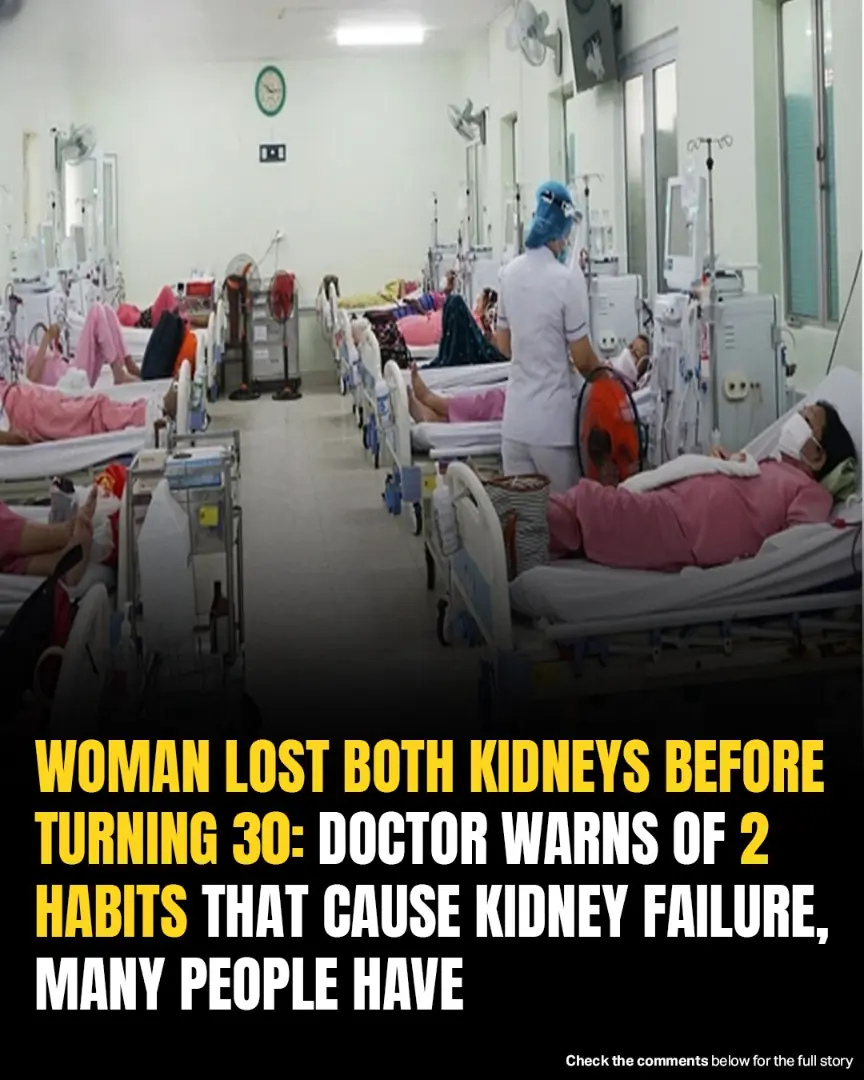
Why Kidney Failure Is Striking The Young—And How To Stop It

Bill Gates reveals profession which will remain '100% human' even after AI replaces most jobs

People shocked after passenger filmed as their phone went through X-ray scanner at airport

Mammoth structures discovered beneath Africa could be 'ancient planet' 4,500,000,000 years old

YouTuber discovers 78-year-old woman who's been keeping her own world alive in a 'dead' game for years

Nurse Reveals The Spine-Chilling Truth About What Happens After We Die

If You See A Man With One Painted Fingernail, Here’s What It Means
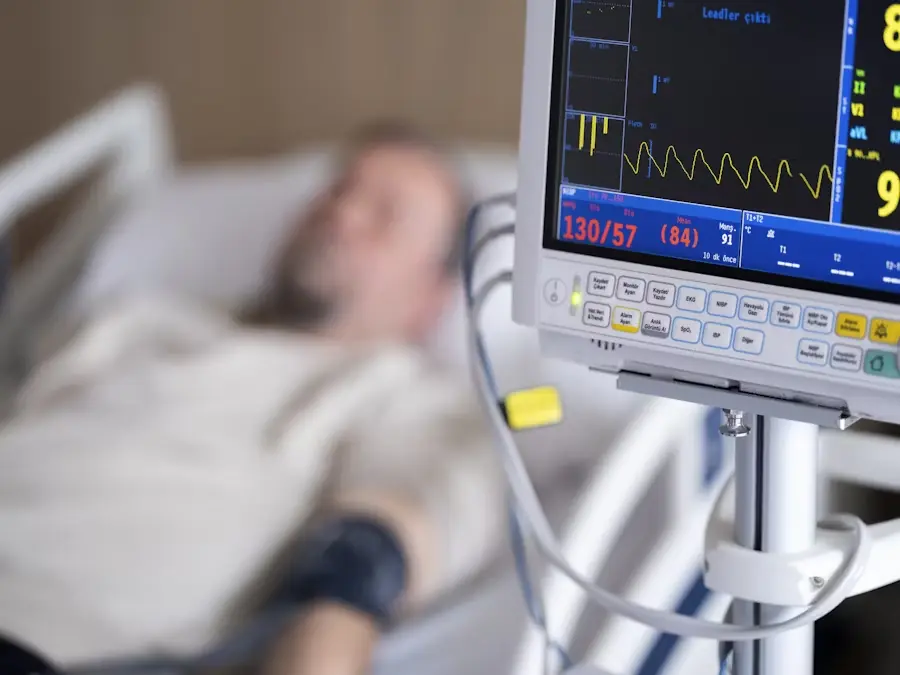
One Month Before A Heart Attack, Your Feet Will Give You These 6 Silent Warnings

Six Minutes Beyond Life: What I Saw After Dying And Coming Back
